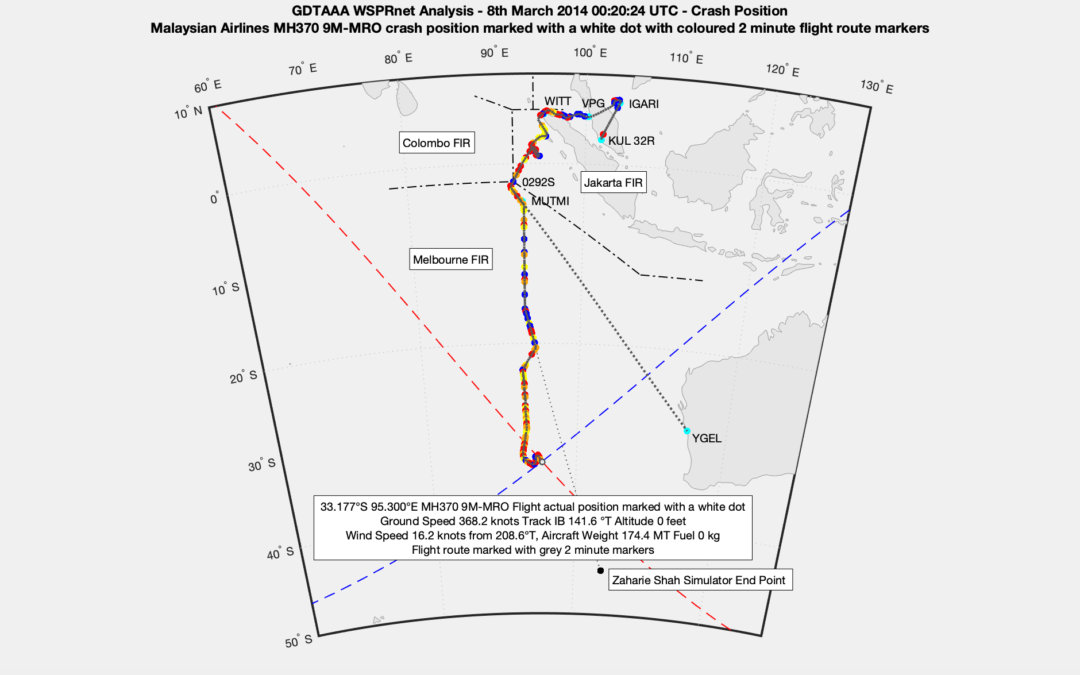
by Richard Godfrey | Dec 31, 2021 | WSPR
This MH370 flight path report provides the findings every two minutes during the entire flight of MH370 from 7th March 2014 16:42 UTC to 8th March 2014 00:20 UTC. The analysis used the Global Detection and Tracking of Any Aircraft Anywhere (GDTAAA) software...
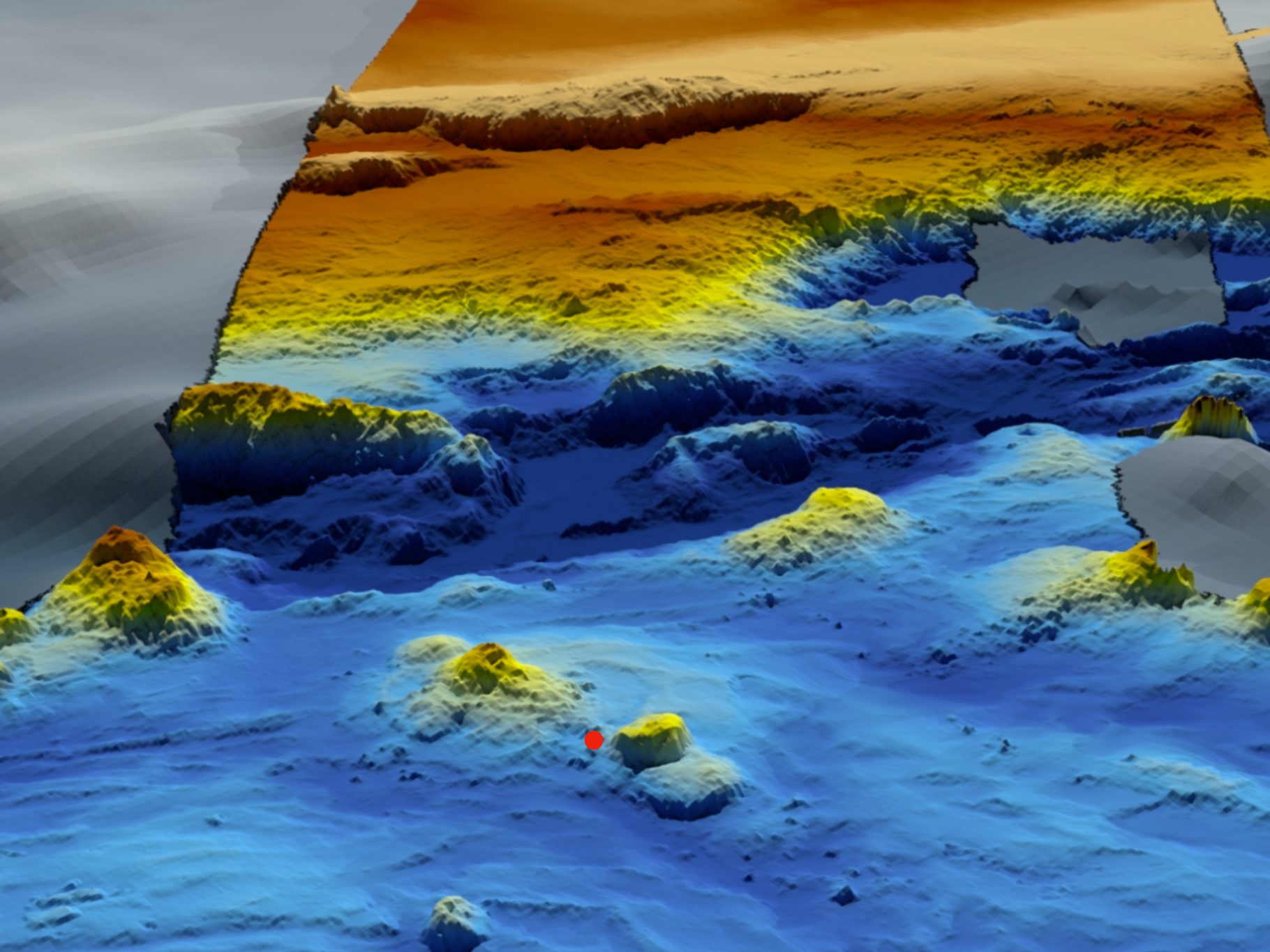
by Richard Godfrey | Nov 30, 2021 | WSPR
The GDTAAA WSPRnet MH370 Analysis Preliminary Findings place the crash location at 33.177°S 95.300°E just 6 nm East of the 7th Arc. In the original report I incorrectly stated that the crash location was not included in the ATSB 2015 search area and only in the ATSB...
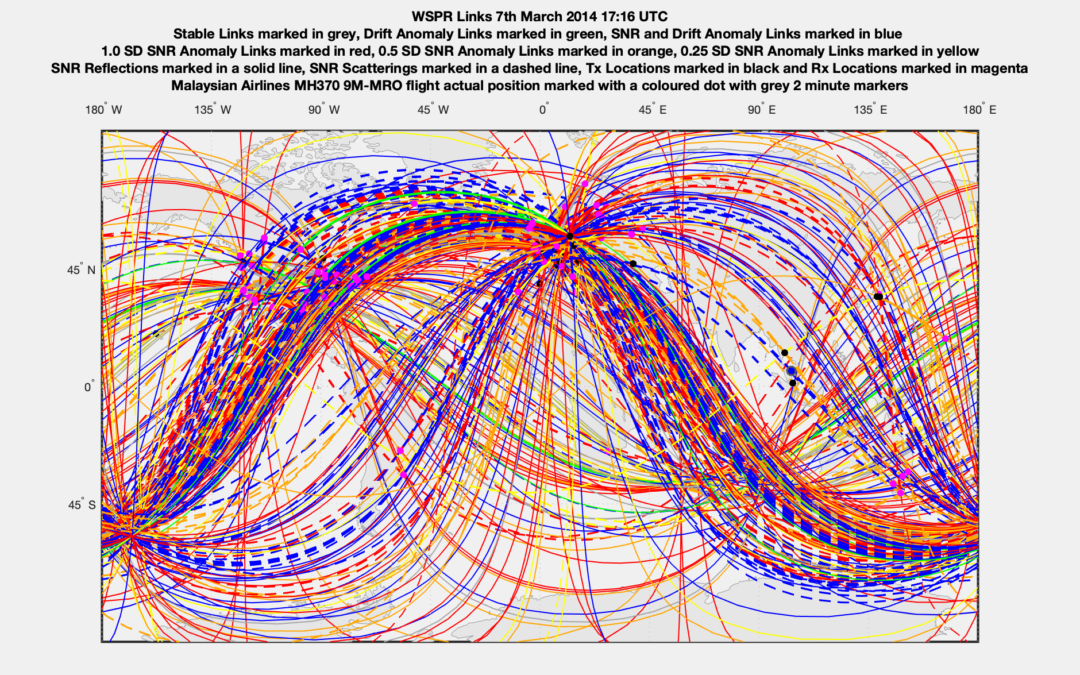
by Richard Godfrey | Oct 11, 2021 | WSPR
During the timeframe of the MH370 flight between 7th March 2014 16:00 TC and 8th March 2014 01:00 UTC there are 60,627 WSPR links over distances greater than 1,000 km, thanks to many dedicated radio amateurs world wide. There is an average of 224 WSPR links every two...
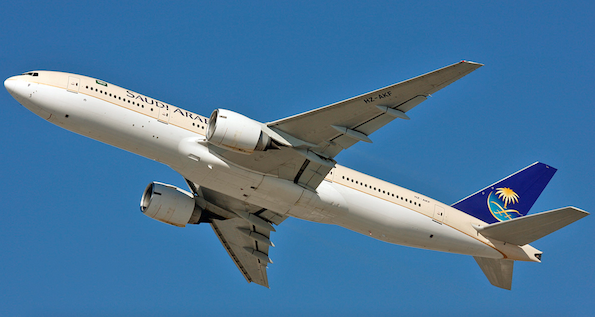
by Richard Godfrey | Sep 26, 2021 | WSPR
A number of eye witnesses on the island of Kuda Huvadhoo in the Maldives reported seeing a large low flying aircraft early in the morning of 8th March 2014. Blaine Gibson travelled to the island and interviewed the eye witnesses whose reports appeared credible....
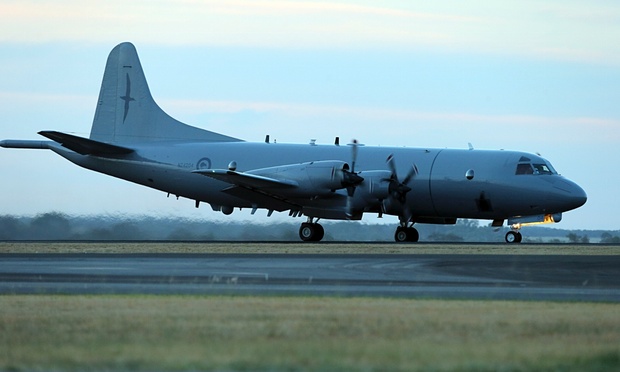
by Richard Godfrey | Sep 22, 2021 | WSPR
Flight data kindly provided by the Royal New Zealand Air Force (RNZAF) has been used to check what detections and tracking of aircraft are possible using GDTAAA and WSPRnet data in the southern Indian Ocean back in March 2014, when MH370 disappeared. This is the...
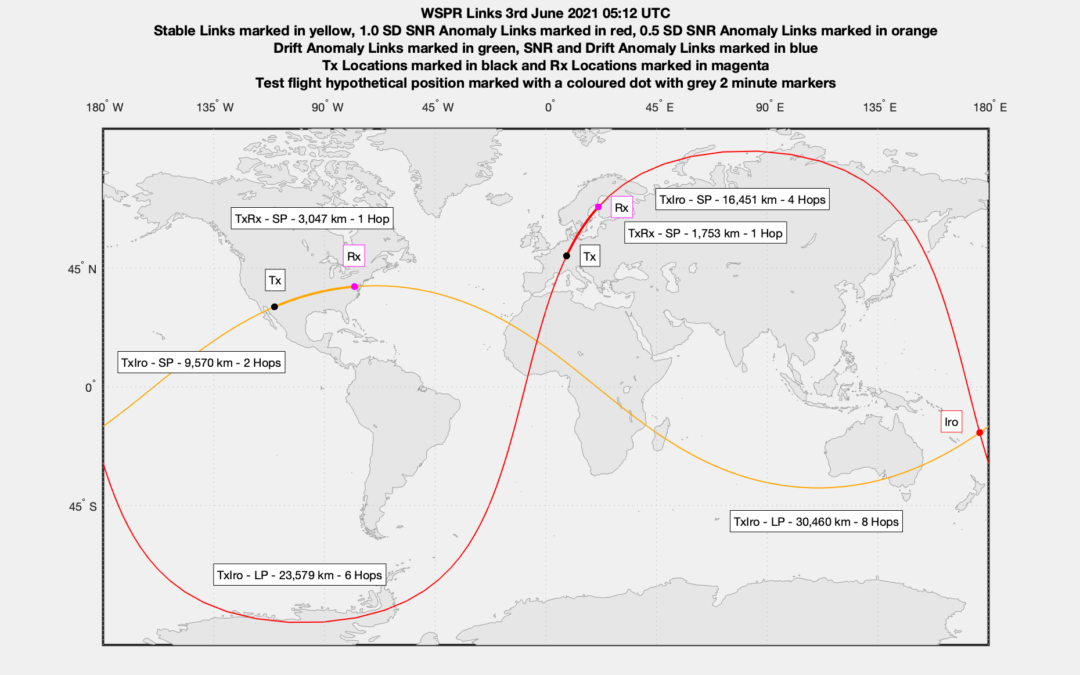
by Richard Godfrey | Sep 9, 2021 | WSPR
A WSPRnet Propagation Technical Analysis can be downloaded here The purpose of this technical analysis is to explain how the propagation of WSPRnet signals is used to track an aircraft. A worked example taken from the Qantas flight used in a recent blind test will be...
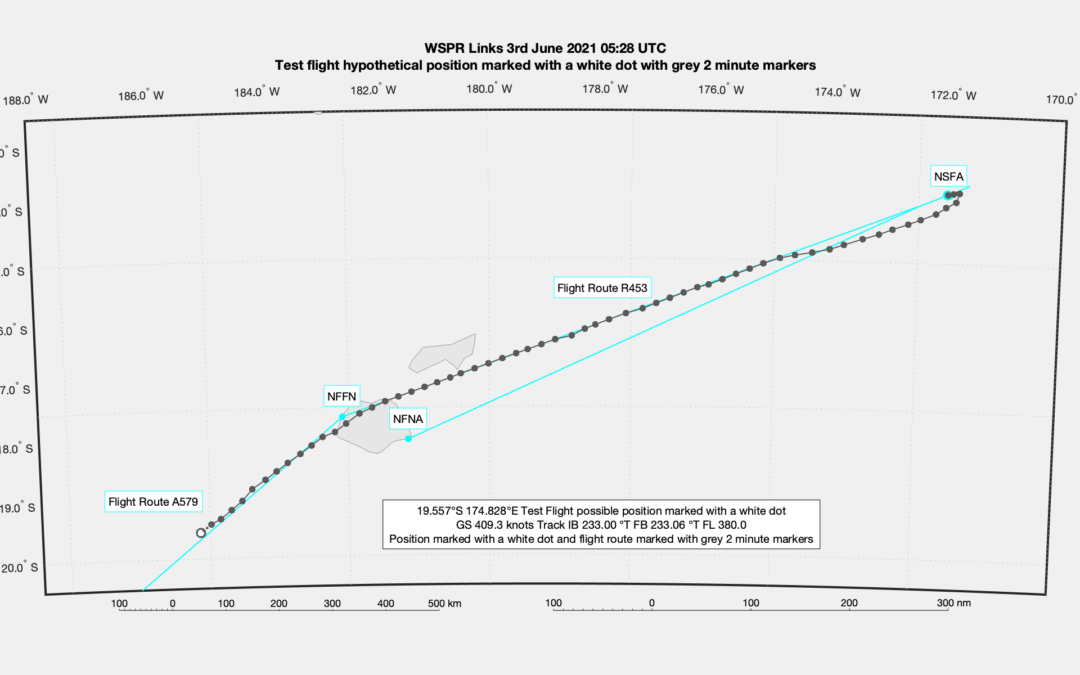
by Richard Godfrey | Aug 29, 2021 | WSPR
A former Qantas pilot, has set a new blind test for GDTAAA and the WSPRnet data. The departure was on 3rd June 2021 at 03:28 UTC (actually leaving the runway) at an approximate position of 13.830 °S 172.000 °W as this is not shown on ADS-B. The aircraft was an Airbus...
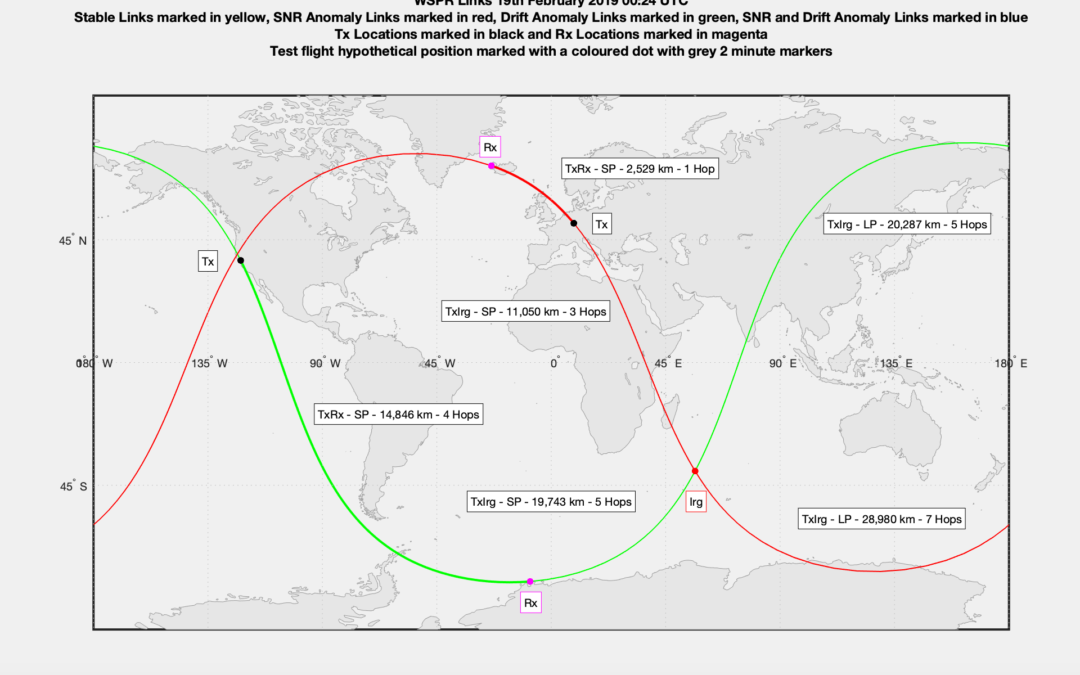
by Richard Godfrey | Jul 31, 2021 | WSPR
A new aircraft tracking technology is nearing readiness for the MH370 search. Significant progress has been achieved in refining a fascinating new technology, Weak Signal Propagation Reporter (WSPR), which is a digital radio communication protocol that is providing...
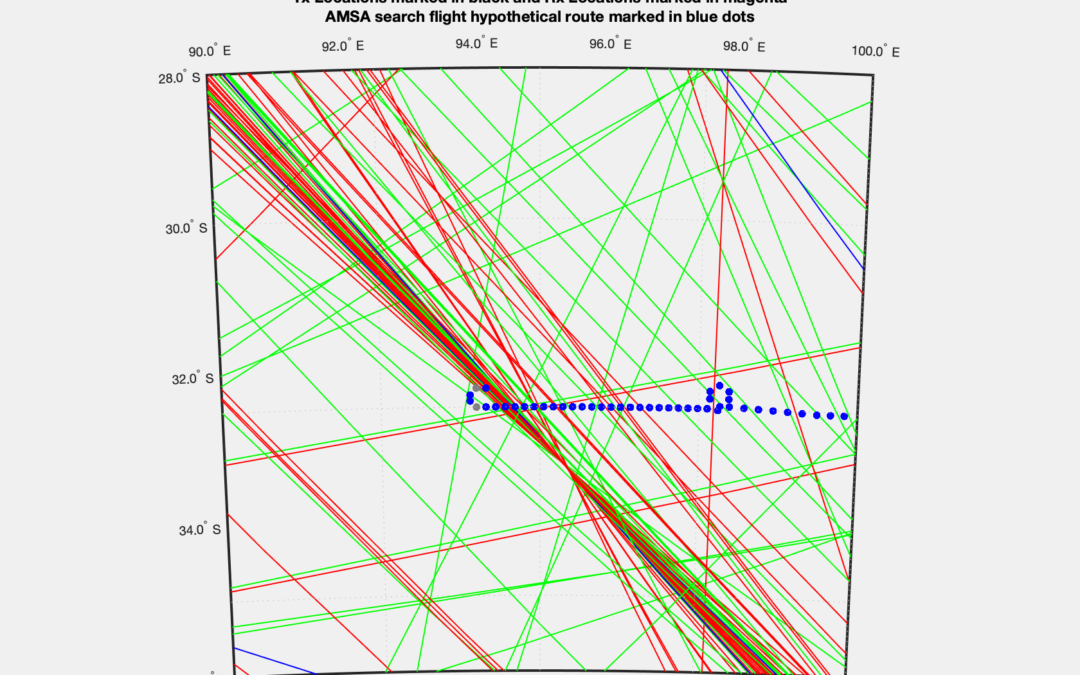
by Richard Godfrey | May 15, 2021 | WSPR
New MH370 breakthrough tracking technology passes another validation test. I have used an MH370 search aircraft from the Royal New Zealand Air Force on March 28th, 2014 to help validate this new technology called GDTAAA (Global Detection and Tracking of Aircraft...

by Richard Godfrey | May 9, 2021 | WSPR
A new paper on the search for MH370 and WSPR technology based on the public quotes from Brian AndersonEd AndersonJohn ChambersMike EichhornMike ExnerGeorge GatehouseRichard GodfreyFrank HolzäpfelVictor IannelloAri Joki et al.Arto LehtolainenJianbing Li et al.Jean Luc...

by Richard Godfrey | May 4, 2021 | WSPR
In a previous paper entitled “Using the WSPRnet and Inmarsat Satellite data in the search for MH370” published on 14th April 2021, I showed how the weak signal propagation report network (WSPRnet) and the Inmarsat satellite data can be used in conjunction with...
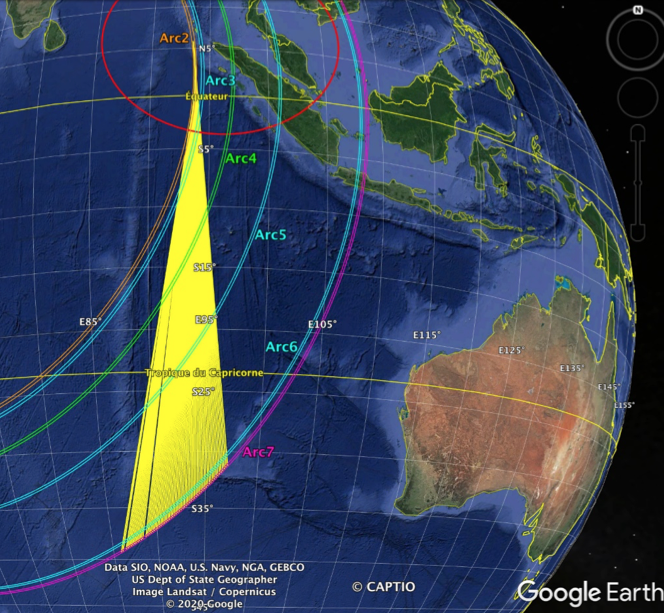
by Richard Godfrey | Apr 20, 2021 | Flight Path
In addition to their existing other work, CAPTIO have studied a thousand Inmarsat compatible straight line trajectories crossing ARC2 from latitude 5.8°N down to 3.35°S. A straight line trajectory ( i.e. constant speed, great circle from Arc2 crossing point) minimises...














Recent Comments